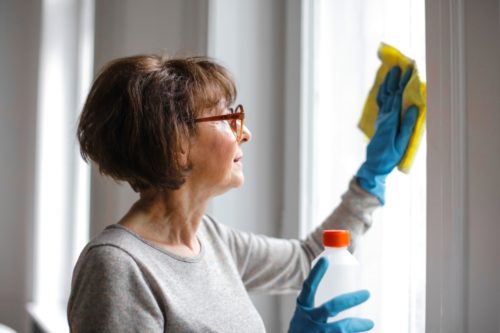3 Science Experiments to Do at Home for Kids

S cience experiments are one of the most fun ways to teach your kid concepts. If there are too many ideas, and you’re wondering which ones to do, here are 3 science experiments to do at home with your children. They will appreciate this bonding time with you.
Why Should I Do Science Experiments With My Kid?
It’s okay to wonder why you should be the one doing experiments with your children when they go to school and can learn things from their peers and their teachers, and sometimes learn them way better than you can teach them. But there are multiple barriers in school that you can break at home.
For example, your child may feel anxious to ask questions from their teacher for fear of judgment, or they may fear they will look inferior to their classmates. Due to this, many concepts that they struggle with would remain confusing for them. You can help them with these concepts at home.
Secondly, science experiments are an amazing bonding experience as most of these experiments require either the supervision of an adult, or the help of a second person, so your child will learn to ask you for help, and you can help them learn how to trust others.
Furthermore, it’s a great time to engage in conversation with your child, especially if they are young. Young children have a lot going on in their lives and oftentimes they want to share it with their parents, so if you ask them lighthearted questions about what’s going on in their life and patiently listen to them, you can likely pick up on any concerning thoughts or habits they may have.
How to Select the Right Science Experiment
First, the most important thing is their age. If they’re six years old, an experiment on mechanical physics probably isn’t the best idea. You must know what experiment is easy enough for them to do.
Second, comes their interest. Do they show a lot of interest in balloons? Teach them about density by comparing helium balloons with normal air ones. Do they show a lot of interest in art? Teach them about color theory and mixing colors to create new ones.
Last comes practicality. Do you have all the items available? If you don’t, do you have the means to get them? Do you have the time and space to carry out this experiment? Most importantly, are you willing to clean up later, or are you tired?
Once you’ve figured these out, you can start the experiment and let the fun begin. So without further ado, here are 3 science experiments to do at home for 3 different age groups.
1. Homemade Clay for 3 to 6-Year-Olds
What you need:
- 3 tablespoons Dish Soap
- 4 tablespoons Cornstarch
That’s it! Simply mix together the two ingredients for a few seconds, and then pick up the mixture in your hand to knead it a bit more. Viola! Your own personal slime, clay, silly putty, whatever you want to name it! Optionally, add food coloring for a pop of color.
Science: Use this as an opportunity to teach states of matter and mixing substances.
2. Lava Lamp for 8 to 11-Year-Olds
What you need:
- ⅓ cup Water
- ⅓ cup Oil
- 2-3 drops Food Color
- 1 Alka-Seltzer Tablet
Fill a glass-like container with water, and then pour oil over it. Add a few drops of the food coloring of your choice. Then, break an Alka-Seltzer tablet and drop it in the container piece by piece. And then sit back as your lava lamp erupts into beautiful chaos! Add more Alka-Seltzer if the action slows down.
Science: You can teach your child about density since oil will float on water.
3. DNA Extraction for 13 to 17-Year-Olds
What you need:
- 500 milliliters Water
- 1 teaspoon Salt
- 2-3 drops Colorless Washing Liquid
- 2-3 drops Pineapple Juice
- 250 milliliters Surgical Spirit
- 2-3 drops Food Color
Freeze the spirit for 24 hours before starting. Dissolve salt in water in a small paper cup. Gargle the solution and spit into another cup. Add the washing liquid and pineapple juice to the spit solution. Gently stir. Mix the food color and spirit in a separate cup and pour carefully down the side of the spit solution, so that the spirit sits on top of it. You will then be able to see the DNA floating in the spirit, and you can pull it out by twirling it around a skewer.
Science: Teach about enzymes, since pineapples contain enzymes that help break down the cell membrane.
We hope you and your kids have fun with these 3 science experiments to do at home! Good luck!








